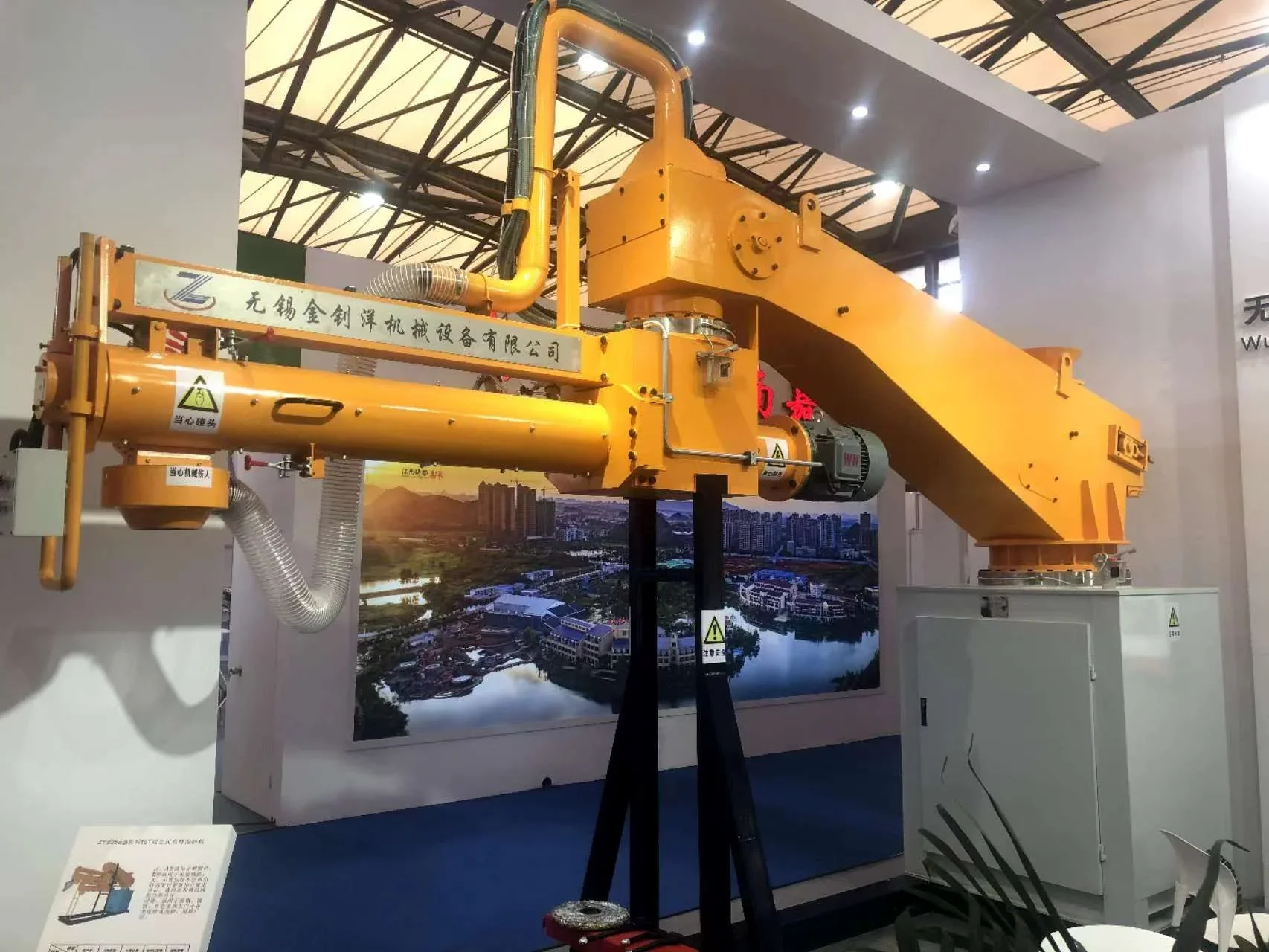Lifting type sand mixers are an essential piece of equipment in foundries and other industries that require the mixing of sand and binders to produce molds and cores. These mixers play a crucial role in ensuring the quality and consistency of the sand mixture, which directly affects the final casting results. In this blog, we will provide a comprehensive guide to the lifting type sand mixers process, exploring their operation, benefits, and applications.
I. Understanding Lifting Type Sand Mixers
Definition:
Lifting type sand mixers are machines designed for the intensive mixing of sand and binders to create a homogeneous mixture. They consist of a mixing chamber, a lifting mechanism, and a control system. The lifting mechanism raises and lowers the mixing chamber to ensure thorough blending of the sand and binder materials.
Components:
Lifting type sand mixers comprise several key components, including a mixing chamber, mixing blades or paddles, a motor, a lifting mechanism, and a control panel. The mixing chamber is where the sand and binder are combined, while the mixing blades or paddles facilitate the blending process. The lifting mechanism raises and lowers the mixing chamber to ensure complete mixing, and the motor provides the necessary power for the mixer's operation.

II. The Lifting Type Sand Mixers Process
Sand Preparation:
Before the mixing process begins, the sand used in the mixer must undergo preparation. This typically involves cleaning the sand to remove any impurities or contaminants that could affect the quality of the final mixture. Sand preparation may also involve the addition of moisture to achieve the desired moisture content for optimal mold or core production.
Loading the Mixer:
Once the sand is prepared, it is loaded into the mixing chamber of the lifting type sand mixer. The amount of sand added depends on the desired batch size and the specifications of the mixer. The sand is evenly distributed in the mixing chamber to ensure uniform mixing.
Adding Binders:
After the sand is loaded, binders are added to the mixing chamber. Binders are substances that help hold the sand particles together and provide strength and stability to the molds or cores. The type and amount of binder used depend on the specific application and the casting requirements.
Mixing Process:
Once the sand and binders are in the mixing chamber, the lifting mechanism is activated, and the mixing process begins. The lifting mechanism raises the mixing chamber, causing the sand and binder materials to tumble and mix thoroughly. The mixing blades or paddles within the chamber ensure that the sand and binders are evenly distributed and blended.
Mixing Time and Speed:
The mixing time and speed can vary depending on the type and quantity of materials being mixed. It is crucial to follow the manufacturer's guidelines and recommendations for the specific lifting type sand mixer being used. Proper mixing time and speed ensure that the sand and binder materials are thoroughly combined, resulting in a homogeneous mixture.
Discharging the Mixture:
Once the mixing process is complete, the mixing chamber is lowered, and the mixture is discharged from the lifting type sand mixer. The mixture is then ready for further processing, such as molding or core production, depending on the specific application.
III. Benefits and Applications of Lifting Type Sand Mixers
Benefits:
Lifting type sand mixers offer several benefits that contribute to the efficiency and quality of the mixing process. These benefits include:
Thorough Mixing: The lifting mechanism ensures that the sand and binders are uniformly blended, resulting in a consistent mixture.
Time and Labor Savings: Lifting type sand mixers automate the mixing process, reducing the need for manual labor and saving time.
Versatility: These mixers can handle a wide range of sand types and binders, making them suitable for various applications.
Customization: The mixing time and speed can be adjusted to meet specific requirements, allowing for customization and optimization of the mixing process.
Applications:
Lifting type sand mixers find applications in various industries, including:
Foundries: Lifting type sand mixers are extensively used in foundries for the production of molds and cores. The homogeneous sand mixture ensures the quality and consistency of the castings.
Construction: These mixers are also used in the construction industry for producing concrete blocks, bricks, and other building materials.
Ceramics: Lifting type sand mixers are employed in the ceramics industry for mixing clay, sand, and other materials used in the production of ceramic products.

Conclusion
Lifting type sand mixers play a crucial role in the production of molds and cores in foundries and other industries. The process of sand and binder mixing ensures the quality and consistency of the final casting results. By understanding the components, operation, and benefits of lifting type sand mixers, manufacturers can optimize their mixing processes and achieve efficient and reliable results. Whether used in foundries, construction, or ceramics, these mixers provide the versatility and automation required for consistent and high-quality sand and binder mixing.Jingzhaoyang Machinery focuses on furan resin sand treatment, modeling, alkaline phenolic resin sand treatment, modeling, ester hardening water glass sand treatment, modeling, environmental protection dust removal equipment process design, complete sets of equipment research and development, manufacturing, project contracting and related technical services.
Welcome to inquiry if you need to know more about Lifting Type Sand Mixers details or order wholesale.
Exploring the Advantages of Lifting Type Sand Mixers in Sand Preparation
